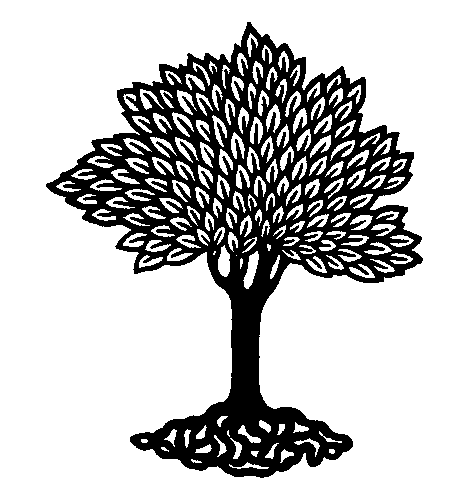
 |
Plant Taxonomy (BIOL308) - Stephen G. Saupe, Ph.D.; Biology Department, College of St. Benedict/St. John's University, Collegeville, MN 56321; ssaupe@csbsju.edu; http://www.employees.csbsju.edu/ssaupe/ |
Vegetative Structures Study Guide
Background Information:
General Study Tips/Questions:
Plant Study: Obtain a variety of specimens and complete the following table.
| Table 1: Vegetative Features | |||||
| Characters & States (use as many as apply) | Species (binomial and family) |
||||
| Life span (annual, biennial, perennial, winter annual) | |||||
| Leaf duration: Evergreen or deciduous | |||||
| Woody or Herbaceous | |||||
| Growth Form (herb, shrub, tree, forb, vine, liana, succulent - use as many as pertain) | |||||
| Root type (tap, fibrous, adventitious) | |||||
| Stem type (rhizome, tuber, stolon, bulb, corm, caulescent, erect, climbing, prostrate) | |||||
| Leaf attachment (basal, cauline, rosette, sessile, perfoliate, sheathing) | |||||
| Leaf arrangement (alternate, opposite, whorled) | |||||
| Venation (palmate, pinnate, dichotomous, net) | |||||
| Stipules (+/-, shape, persistence (caducous?), size) | |||||
| Leaf compounding (simple, pin-cpd, palm-cpd) | |||||
| Leaf Shape (lanceolate, ovate, cordate, reniform, linear, oblong, elliptical, deltoid, spatulate, sagitate, other?) | |||||
| Shape of Leaf Base (acute, obtuse, truncate, emarginate, acuminate, mucronate) | |||||
| Shape of Leaf Apex | |||||
| Margin (entire, lobed, serrate, doubly serrate, crenate, undulate) | |||||
| Spines, thorns, or prickles? | |||||
| Surface (glabrous, glaucous, pubescent, tomentose; are both sides the same?) | |||||
|
| Top | Plant Tax. Home | SGS Home | Disclaimer | |
Last updated:
09/25/2008 / � Copyright by SG
Saupe